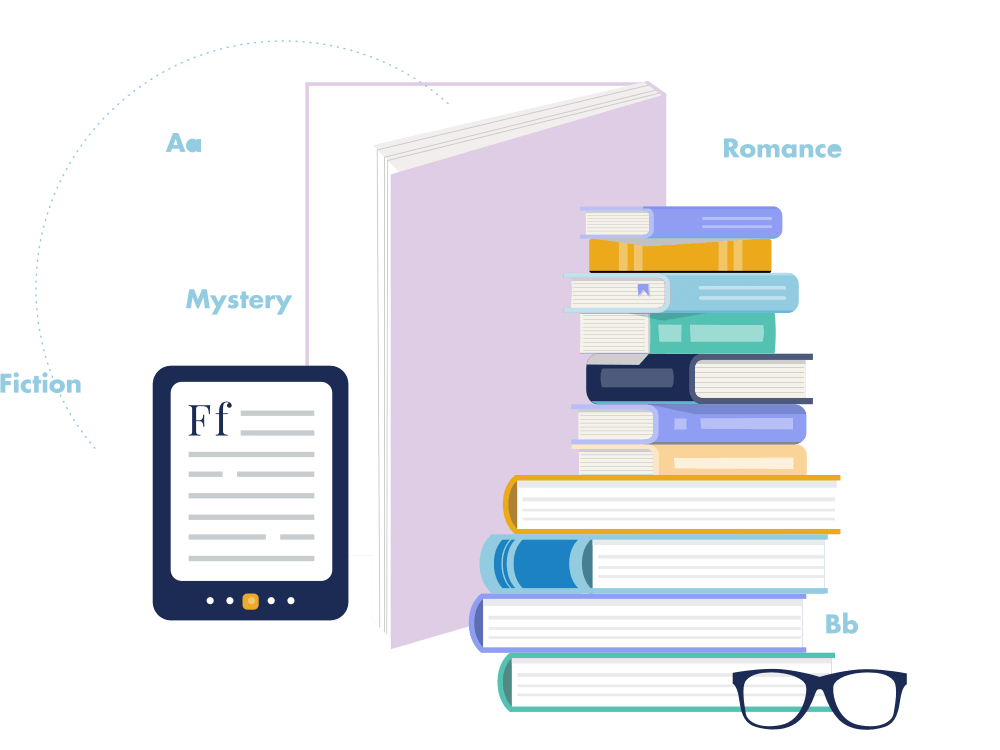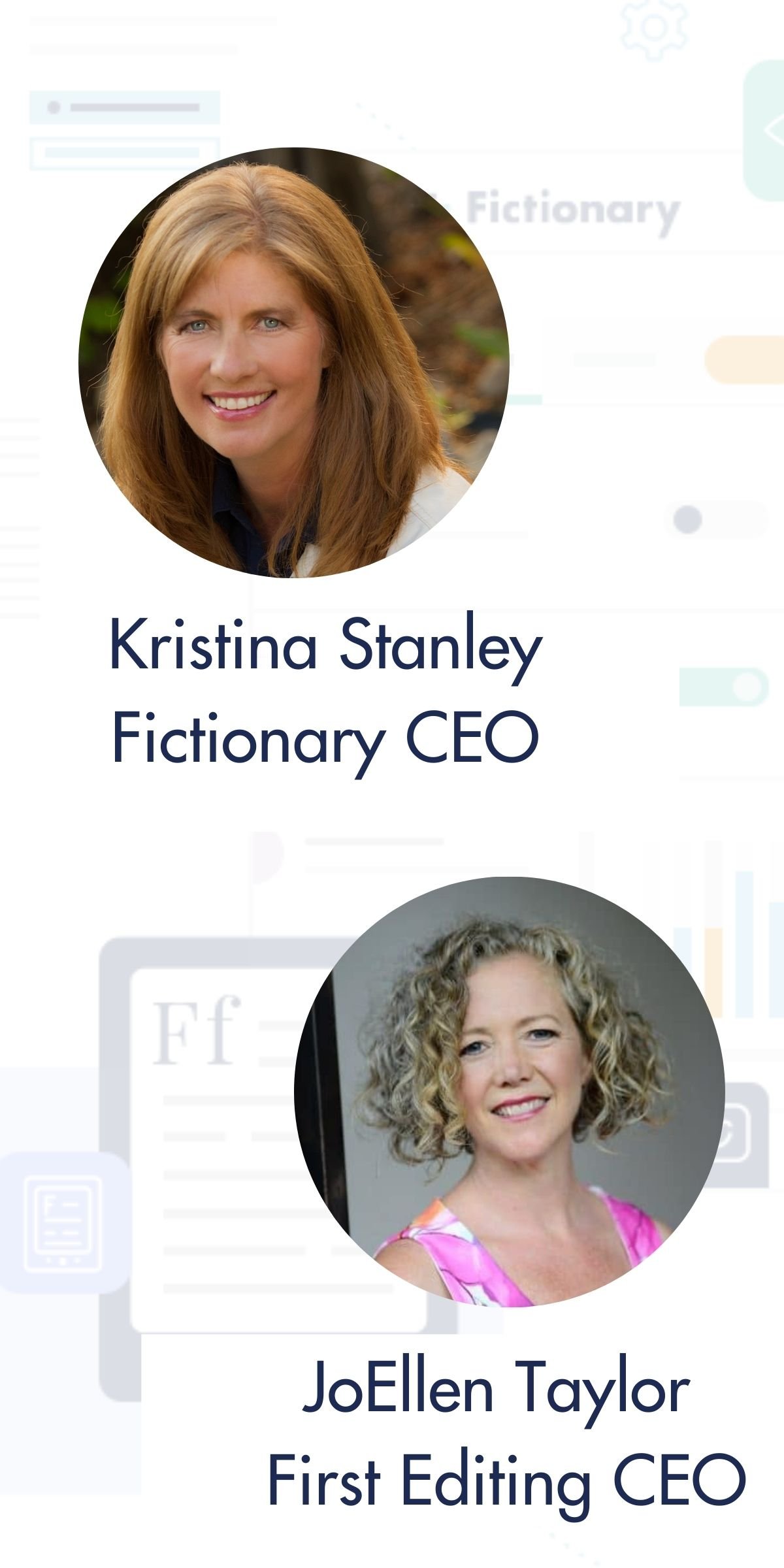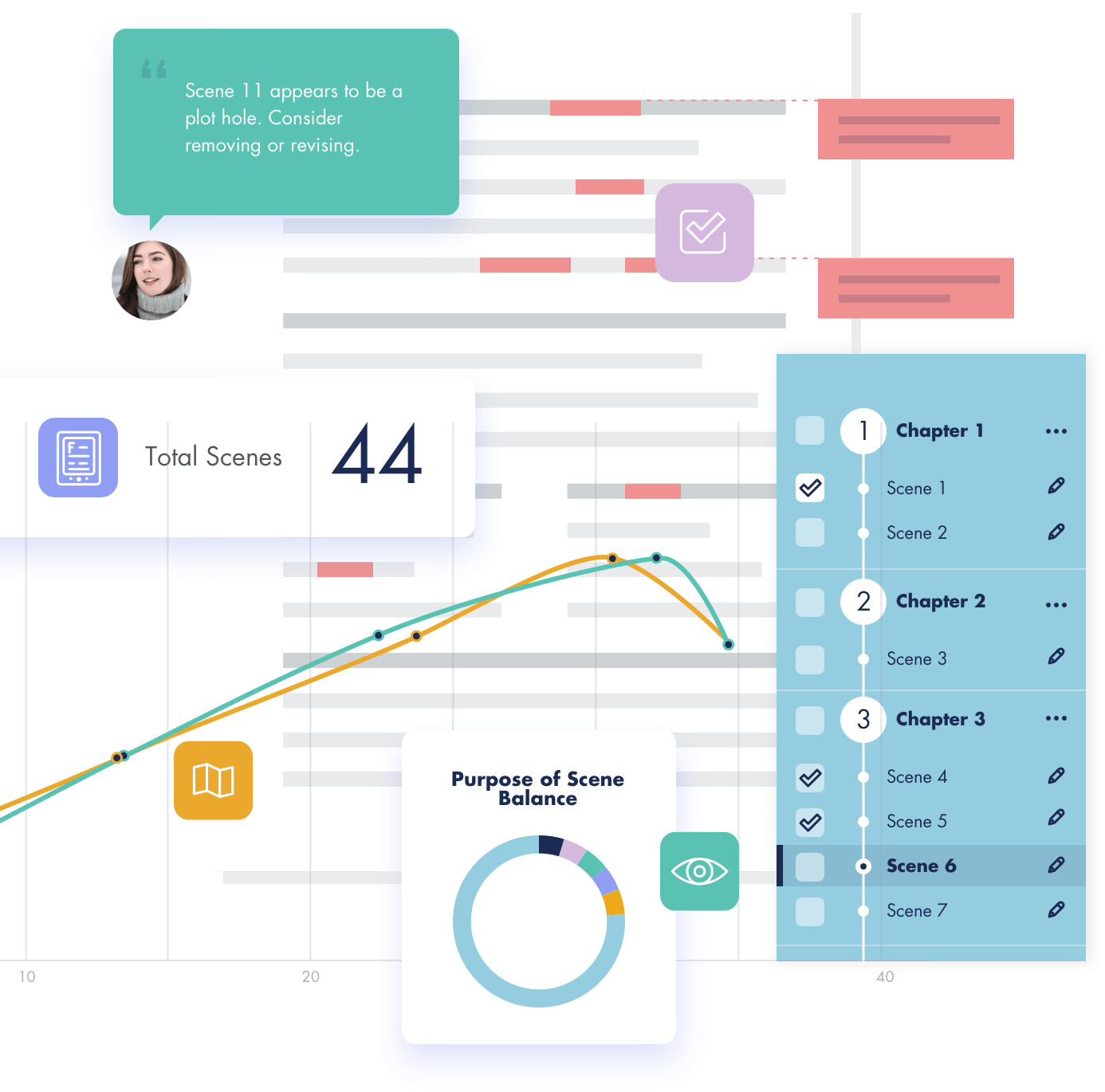
Story Element #3
Character Goals in Storytelling
If your point of view character doesn’t have a goal, then what are they doing in the scene? Most likely nothing related to the plot.
Learn how to choose effective goals for your characters.
Next Story Element: POV Charactrer Goal (Internal)
![]()
Rather read than watch?
Video Transcript
JoEllen:
This is great this week. We want to continue on from last week, where we discussed the point of view and the characters of each scene.
So this week we want to bring in the point of view goal like what is the actual goal of this character during the scene. Can you tell us a little bit about that?
Kristina:
Sure. Of course. I love to talk about Story Elements, as everybody knows. So the Point of View Character Goal is just what does the character want to achieve in that particular scene.
And the reason this is important is if a character doesn’t have a goal, what are they doing?
And without a goal, the scene’s going to come across as a little boring. The reader needs to cheer for them to achieve whatever that goal is. So whether you’re an editor or writer, you want to be looking at each scene and ask yourself, why would I want to read this scene?
And it comes down to a point of view character’s goal.
![]()
Tips for Working on POV Character Goal
JoEllen:
So how do we use this item here? We have a point of view goal. Do we write that down? Do we ask ourselves questions along the way? How do we apply this idea?
Kristina:
Sure. So one of the reasons we’re trying to do this is that you want to make characters memorable. When you look at each scene, think about who is your point of view character. So by this point in your revisions, you should know this and does that character want something badly?
So it can’t be a goal that, you know, I’d like to get a cup of coffee. It’s not very interesting. It needs to be something that character desperately wants. So it needs to be interesting. It needs to be related to the plot overall. It can’t be a random goal of something difficult.
It must be something that is related to your overall story.
So you have to ask yourself that, and you want to be looking at this through your entire story, every scene, how each of these goals are related.
And I edit many books and see this great goal, but it’s got nothing to do with the story. So I would guess or say, that’s kind of the prime question we want to be asking.

![]()
Advice to Tackle POV Goals
JoEllen:
So if we’re going to give advice on how they could use this today, how they can go in and evaluate that, what’s the easiest way to tackle this?
Kristina:
So the easiest way to tackle this is to give yourself a way to rate your scene. So if you read your scene and the point of view character has no goal, just mark it, no goal. And come back to it later.
Then if you look at your scene and say the character has too many goals, so you can’t really figure out what the scene is about, you want to come back and tighten that up.
You want to look at the goals and ask yourself, are they consistent with your character’s personality? So if I’m a cat lover, don’t make my goal about dogs. It has to be something that goes along with the personality.
You want to ask yourself, does the goal have consequences? And by that, I mean, if the character fails (sometimes they should, sometimes they shouldn’t, sometimes it should be neutral), but if they fail, what are the consequences to that character? So it has to be something that’s going to hurt. There’s gotta be a reason the reader’s cheering and when they fail, the reader’s going to be sad.
JoEllen:
Right. I think that really brings humanity into the picture there. You know, we don’t always achieve all of our goals in life and we root for the underdog.
![]()
Depth of Knowledge
Kristina:
Good point, very good point. So it’s time consuming going through the beginning of each of your scenes and looking for who has the point of view character and what’s their goal. But I think you’ll find that it’s really worth it because you will see yourself if you’ve got the right worry factor in your story, which then is going to make it interesting.
So I know this is work, but I really want to encourage you to go through this step in an organized fashion, so that you come up with the most powerful story from it.
JoEllen:
And again, this is one of those things, the stronger you become at doing it now it’ll be, you know, something that just happens automatically as you write your next book. And as you edit your next book.
So it’s really important to take each of these into the consideration, understand that sure, there’s a learning curve now, but it really is part of what makes the story strong and successful when you go into the next step of publishing.

Kristina:
Yeah. And you know, that’s a great point because we get feedback from our writers and editors that the first time they work through a story in this way, it’s difficult, but every time they do it, it’s easier.
And on the writer side, the next story they write is easier because once they’ve learned this, they’ve learned it and it’s in their head. And they know when they write their scene, that they have to have a goal.
For an editor, it becomes automatic. Okay. I have to check who is the point of your character and what’s their goal for every scene. And I need to look at these things and do it automatically.
And so of course it becomes faster second, third, fourth times through.
JoEllen:
So it’s always worth it. The editing process is a learning process. And the great part is you come out with a stronger story when you’ve used a professional editor, but you also become a stronger writer as you improve your craft along the way.
So again, thank you for joining us this week, as we discussed the point of view goals and remember to come back and see us again next week as we dig into all the different elements of a great fiction story.


